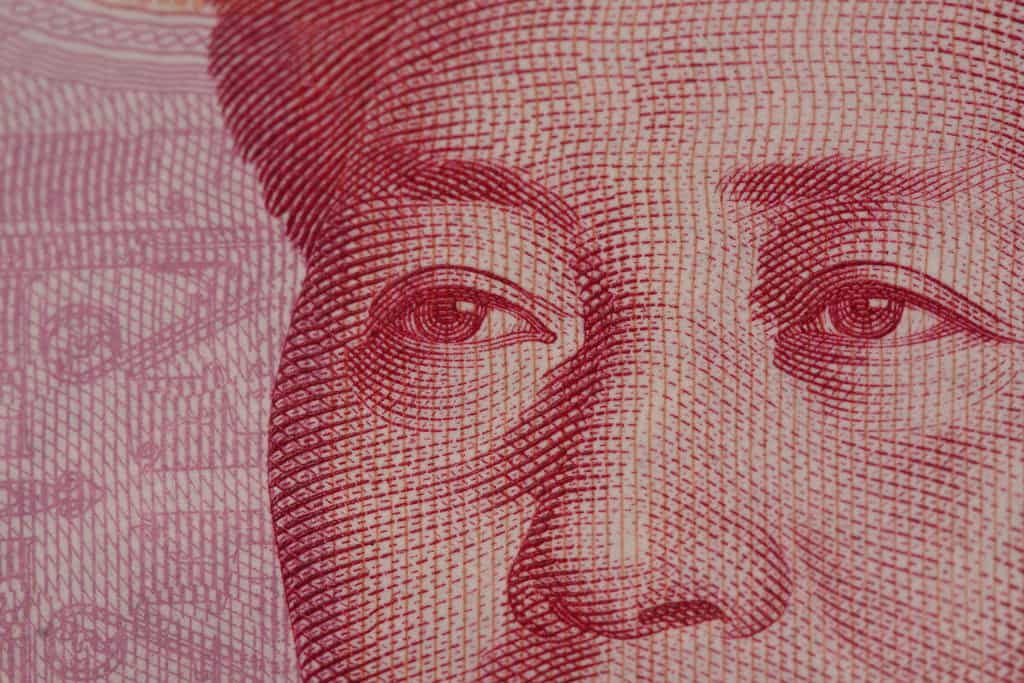The Chinese central bank’s decision to reduce the foreign exchange deposit reserve ratio for domestic financial institutions is expected to stymie recent declines in the renminbi.
On 25 April the People’s Bank of China (PBOC) announced a 1 percentage point reduction in the forex deposit reserve ratio starting from 15 May, bringing it down to 8% from 9% at present.
The move immediately triggered a modest appreciation in the value of the offshore renminbi, which shied away from the 6.6 threshold versus the dollar.
The renminbi has seen a faltering performance of late amidst renewed COVID lockdowns in China and a resurgent US dollar, tumbling by around 3% against the greenback over the past month according to data from Wind.
PBOC has long used the forex deposit reserve ratio as a means of controlling volatility in renminbi exchange rates.
Increasing the ratio gives greater room for the yuan to depreciate, as it withdraws foreign currency from the market by forcing Chinese banks to hold more of it.
Reducing the ratio has the opposite effect, giving the renminbi greater scope to rise by permitting more foreign currency held by banks to flow freely.
State-owned media reports that the 25 April decision marks the first time that PBOC has opted to reduce the ratio in order to bolster the renminbi, with prior efforts instead designed to contain appreciation.
In 2021 PBOC raised the foreign currency deposit reserve ratio on two occasions – once in June and once December, bringing it to 9% from 5% previously. The hikes were designed to contain overly rapid appreciation in the value of the renminbi.

